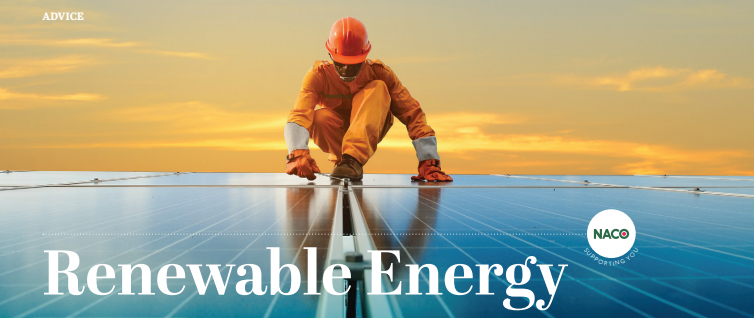
A solar PV panel consists of many cells made from layers of semi-conducting material, most commonly silicon. When light shines on this material, a flow of
electricity is created.
The cells don’t need direct sunlight to work and can even work on cloudy days. However, the stronger the sunshine, the
more electricity generated.
Solar PV systems are made up of several panels, with each panel generating around 355W of energy in strong sunlight. Typical systems contain around 8 to 12 panels and generate direct current (DC) electricity. Because the electricity used for household appliances is alternating current (AC), an inverter is installed along with the system to convert DC electricity to AC.
Solar electricity panels, also known as photovoltaics (PV), capture the sun’s energy and convert it into electricity that you can use in your home. We are just beginning to see some moves by parks across the UK to embrace solar energy, and whilst it’s still early days – there are some caravans being sited that will run ‘off grid’ completely.
So far, we’ve mainly encountered solar panels at holiday parks that don’t have services, in off grid developments or at residential parks where owners have more control over their utilities, their pitches and their homes.
However, with the price of energy more volatile than ever, it’s clear that we’ll have to continue to look at alternatives to provide power and light whether we are at home or on holiday
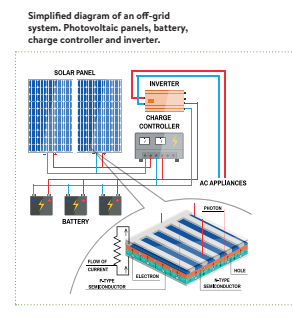
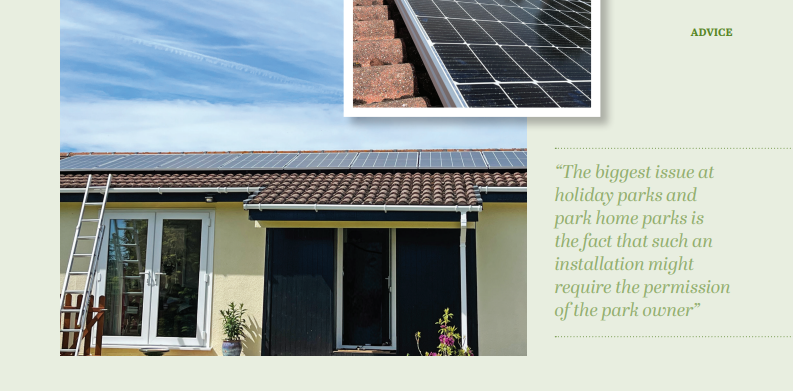
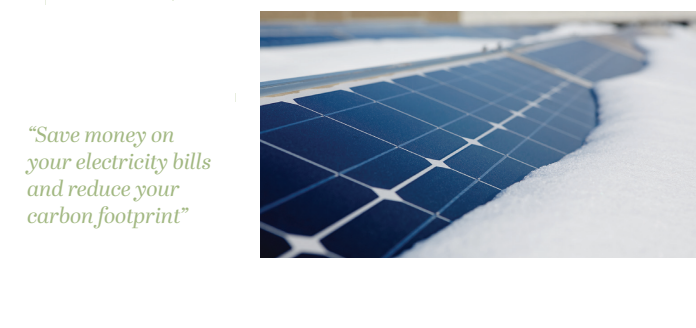
How long it takes to offset any investment in solar panels will vary depending on numerous factors.
• Your location and orientation
• The size, angle and shading of your roof
• How much the installation was
• How much of the energy that is generated you can make best use of (if you are home during the day)
• Whether or not you can export back into the grid and at what cost
• Low maintenance
• Reduce your carbon footprint
• Save money on your electricity bills
• ‘Sell’ any electricity that you don’t use
• Independence from the grid
• Installation can be expensive – especially at the minute
• Weather can adversely affect performance
• Solar panel production pollutes the environment
• ROI is over a very long period
• Some roof types aren’t suitable
The biggest issue at holiday parks and park home parks is the fact that such an installation might require the permission of the park owner, and at present we haven’t seen much appetite for solar – especially at holiday parks.
The next issue relates to whether or not (as a mobile homeowner) you can actually return power back to the grid. In most holiday park situations the meters and arrangements used would mean that this isn’t possible. It’s often simpler at park home sites but not always.
Speaking to Lance Pearson at Park Home Solar and he said – “…most of our clients tend to opt for an installation that compliments their energy usage and helps to mitigate their overall energy use. Batteries can be as expensive as the panels, so it’s not always cost effective to install in these types of homes. However, if mobile homeowners are looking to achieve overall reductions on electric bills it’s a great way to save money!”
As ever, check your terms and make sure that you do your homework! We would love to hear from you if you have had solar installed at your holiday home or park home. Please get in touch with Parklife today! info@nacoservices.com
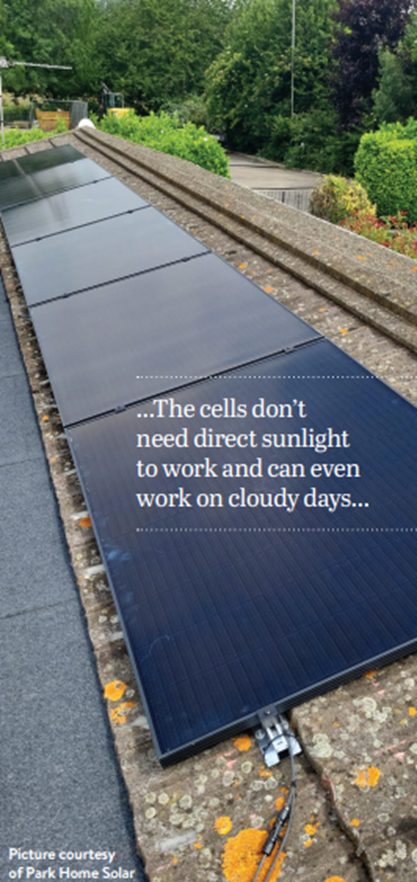
RELATED ARTICLES - advice and support caravan industry news
Published on 21 December 2022 By Jenny Blumsom